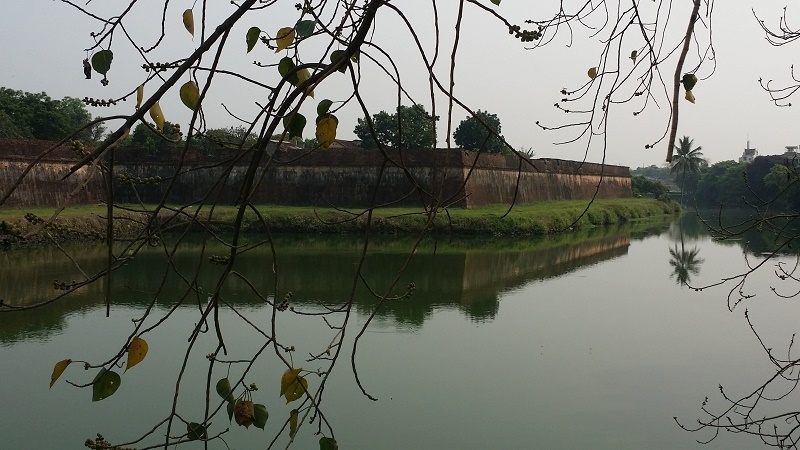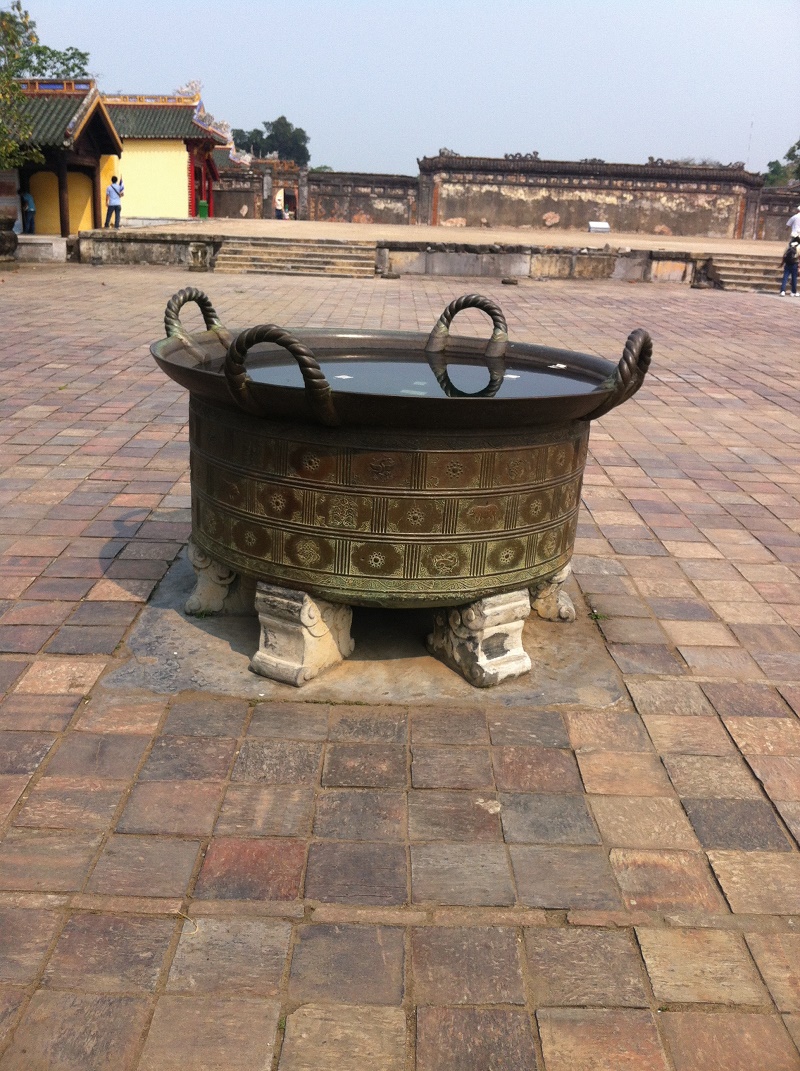
Floating along Huong River on the Dragon Boat gives you an insight to everyday life and fishing is a major part of it.

I don’t think this Dragon boat likes being tied up. We’re now on our way up the hill to the Imperial Citadel and surrounds.
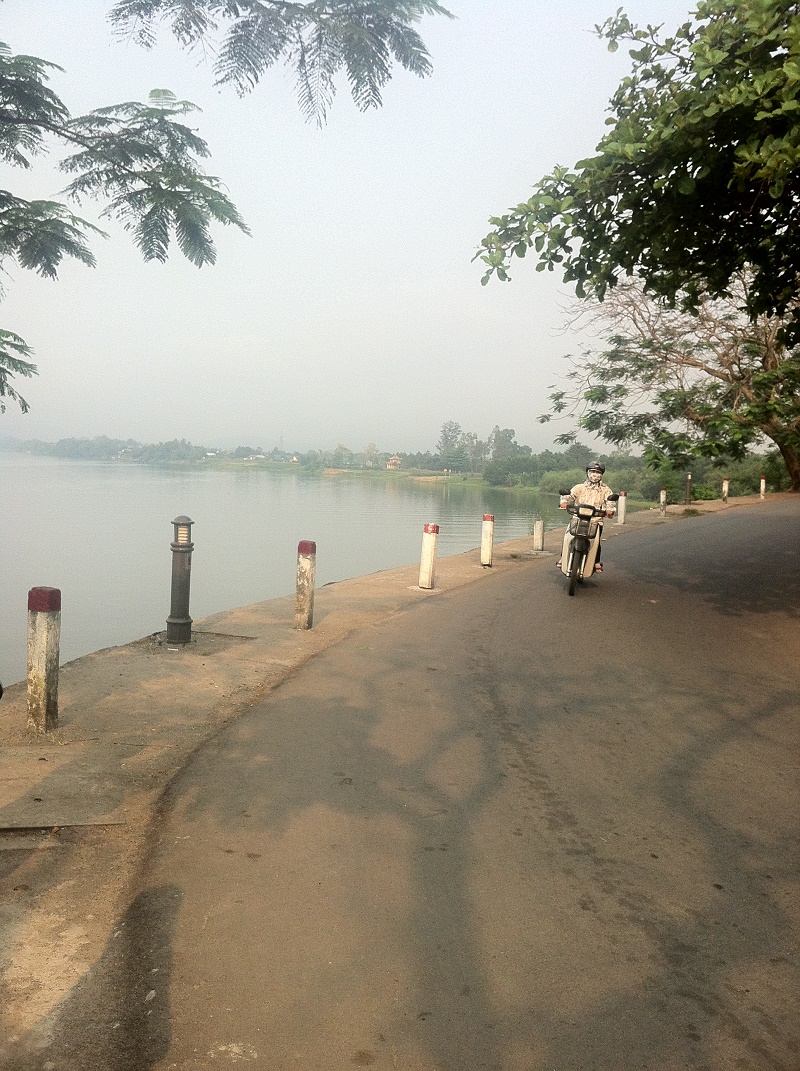
Stunning views looking back over the river.

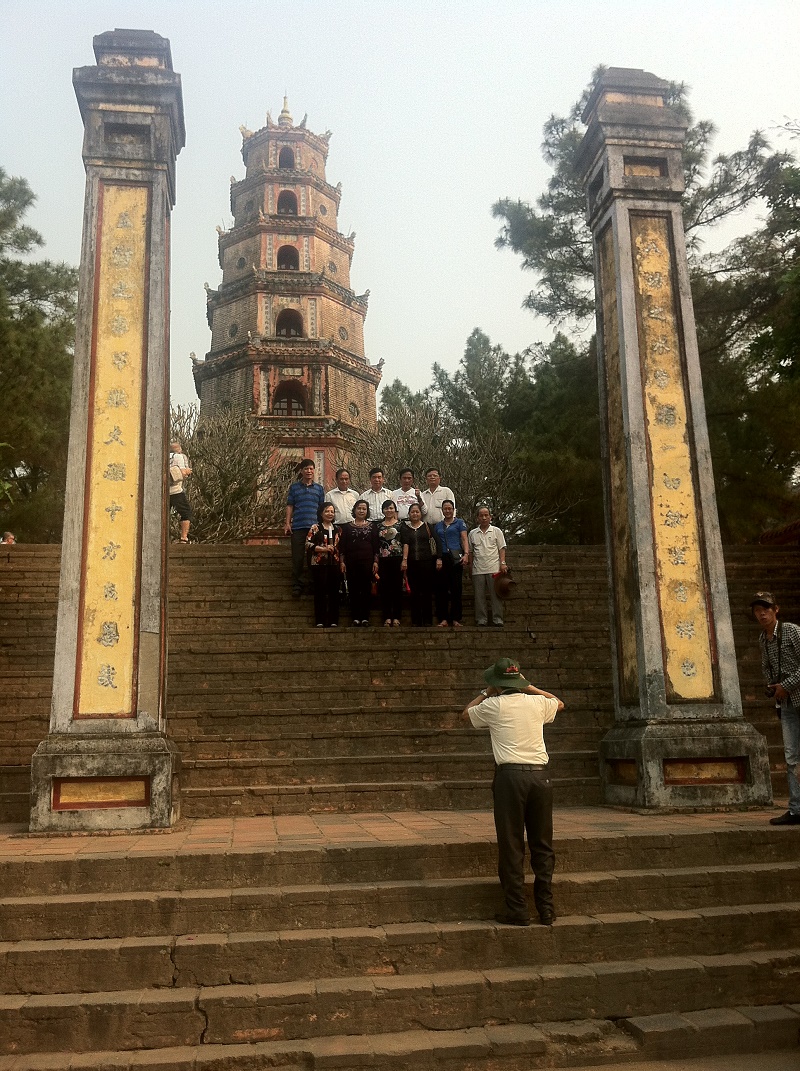
Photo opportunity and you literally have to line up for your turn.
Hue, the city of imperial palaces and tombs is on most travellers’ itineraries when they visit Vietnam. The city’s most famous attraction is the ancient Imperial Citadel and the Imperial Enclosure within – it’s home of Vietnam’s last royal dynasty, the Nguyen Dynasty (1802 – 1945).

In the early 19th century the Emperor Gia Long consulted geomancers to find the best place to build a new palace and citadel. They chose the present site at Hue. The Emperor wished to recreate in an abbreviated form a replica of the Forbidden City in Beijing.
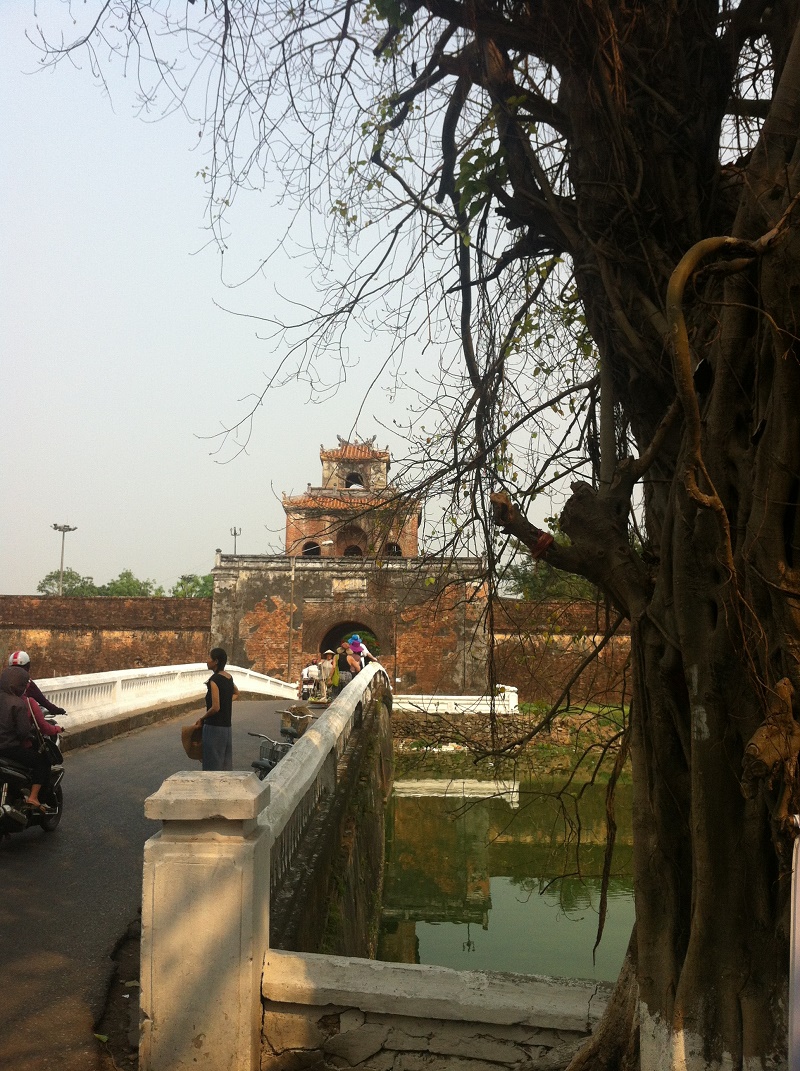
The Emperor decided to locate his own palace within the walls of the citadel along the east side nearest the river. A second, smaller set of walls and moat defined the area of the “Purple Forbidden City,” where the Emperor built a network of palaces, gates and courtyards serving as his home and the administrative core of the Empire.

By the time the last Emperor of Vietnam stepped down in the mid 20th century, the Purple Forbidden City had acquired many dozens of pavilions and hundreds of rooms. Although improperly maintained, the city suffered from frequent termite and typhoon damage.

During the Vietnam War, Huế’s central location very near the border between the North and South put it in a vulnerable position. In the Tết Offensive of 1968, during the Battle of Huế, the city suffered considerable damage not only to its physical features, but its reputation as well, due to a combination of the American military bombing of historic buildings held by the North Vietnamese, as well as the massacre at Huế committed by the communist forces. After the war’s conclusion, many of the historic features of Huế were neglected because they were seen by the victorious regime and some other Vietnamese as “relics from the feudal regime”; the Vietnamese Communist Party doctrine officially described the Nguyễn Dynasty as “feudal” and “reactionary.” There has since been a change of policy and many historical areas of the city are currently being restored.
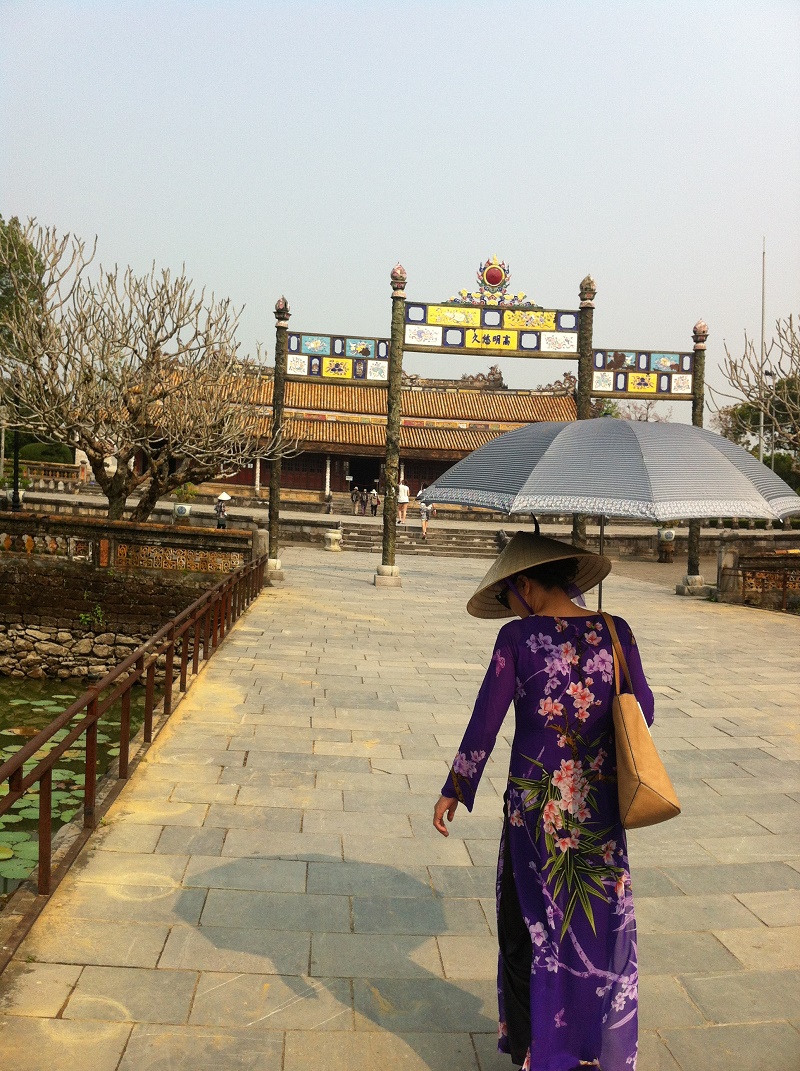
Our guide gave us an in-depth tour of the surrounds highlighting as much as possible in a short time. Make sure you take the day to explore as there’s so much to take in and enjoy.
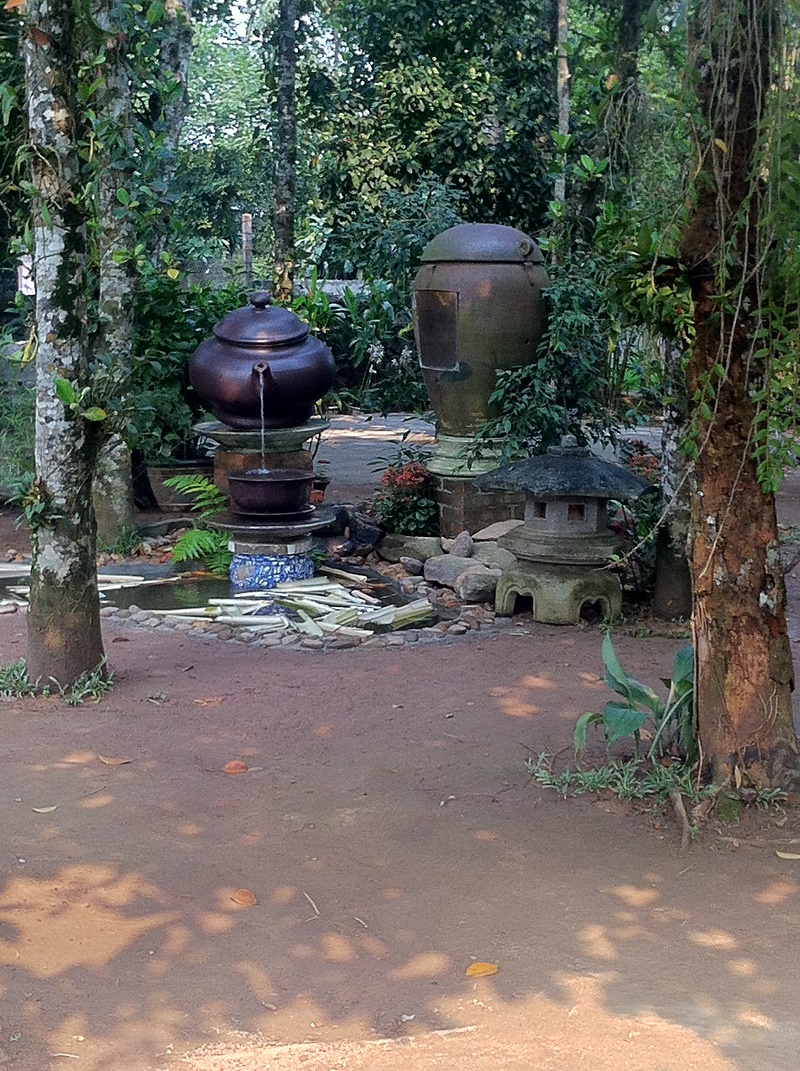
Peace and serenity is amplified within the grounds.

Monuments were inscribed in the UNESCO List of World Cultural Heritage in 1993.

Famously in 1963, Thích Quảng Đức drove to Saigon to protest anti-Buddhist policies of the South Vietnamese government and set himself on fire on a Saigon street.
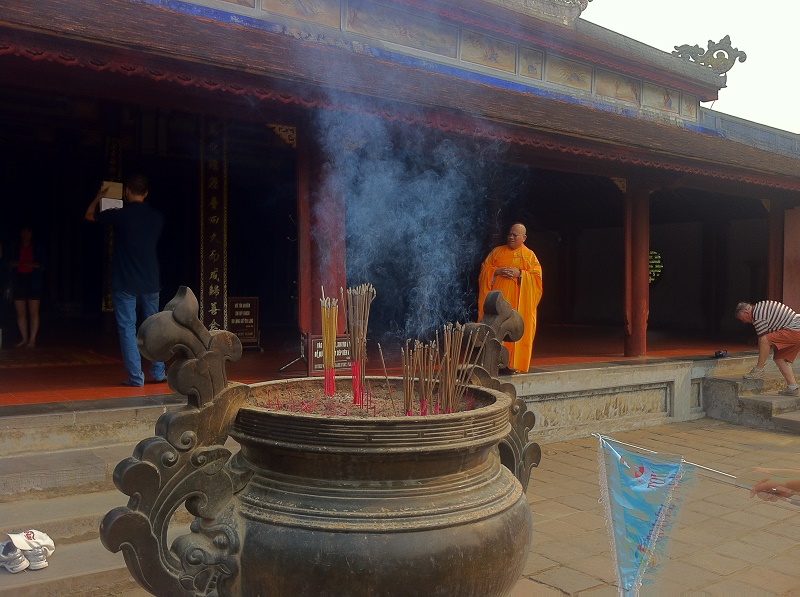
Hue was based on both a physical and spiritual foundation from the turn of the 19th century.

In Huế, Buddhism is taken a bit more seriously than elsewhere in Vietnam, with more monasteries than anywhere else and the nation’s most famous monks.
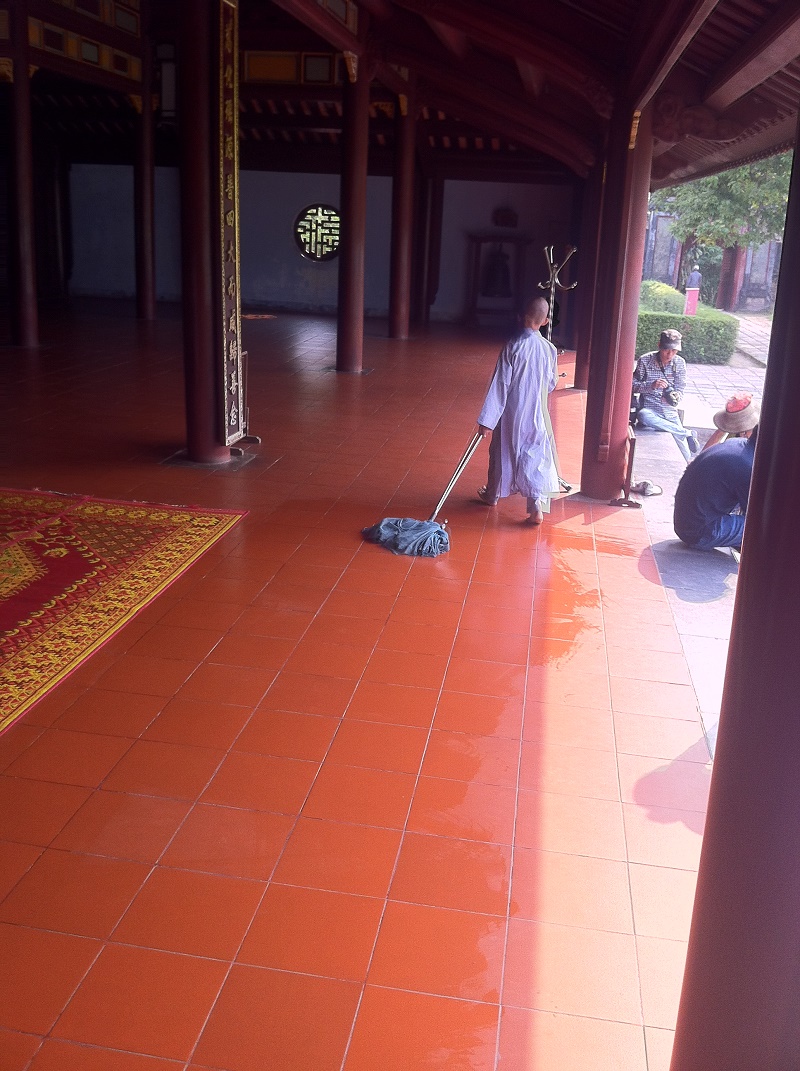
At times abandoned children are taken in and cared for. During adolescence they are given a choice if this is the life they wish to pursue.
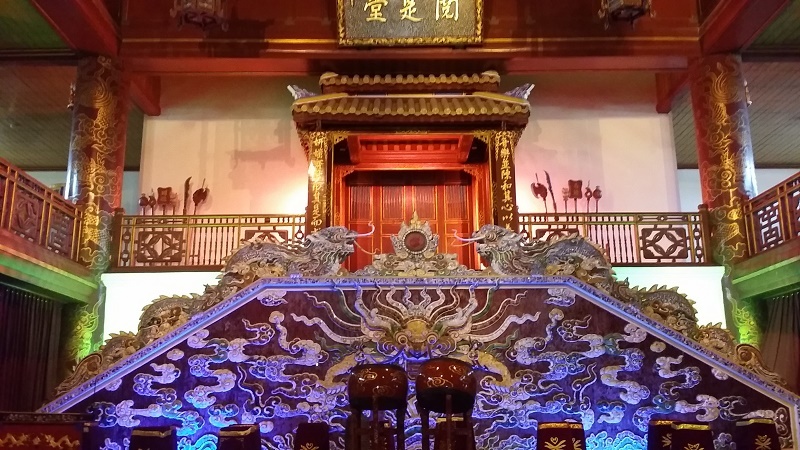
Duyet Thi Duong Theatre within the grounds cannot be missed and is known for its superb performances and exquisite architecture.
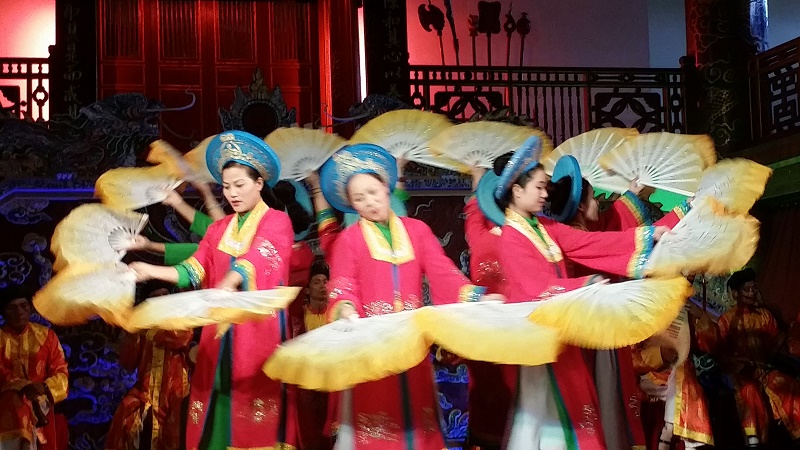
The oriental traditional court music has been uniquely conserved in Hue.

Royal dancing – Mother Unicorn bearing its baby.
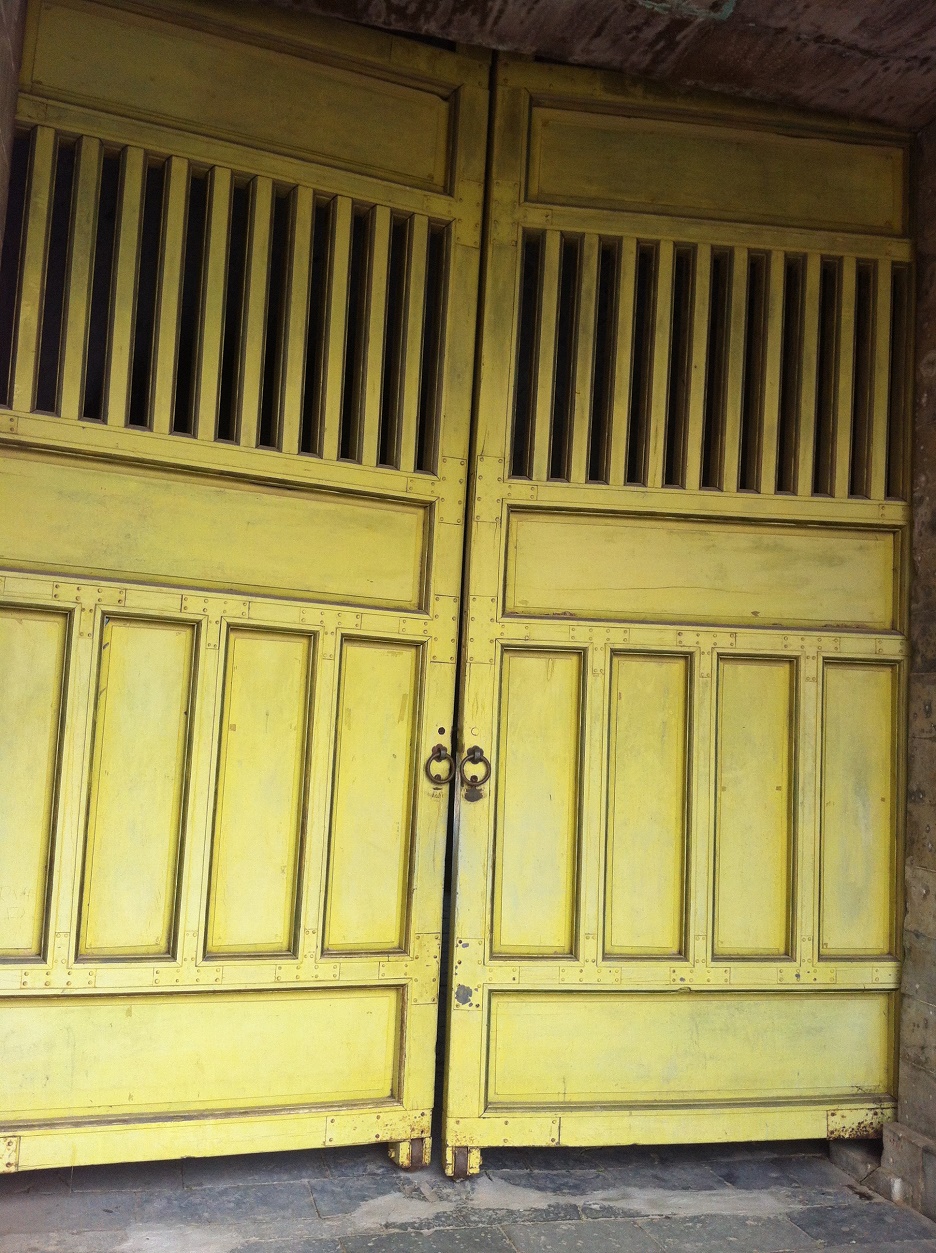
Well it’s the end of the day for us and we now move on for hotel site inspections as part of our daily routine.

A transfer back to our hotel in Hue – only this time by bus and yes it’s busy. All the marketers are trying hard to keep the heat off themselves and their produce.

